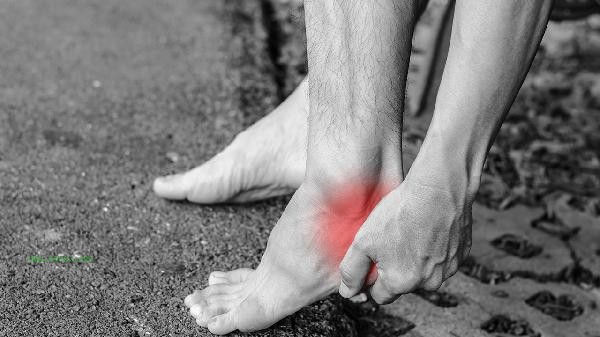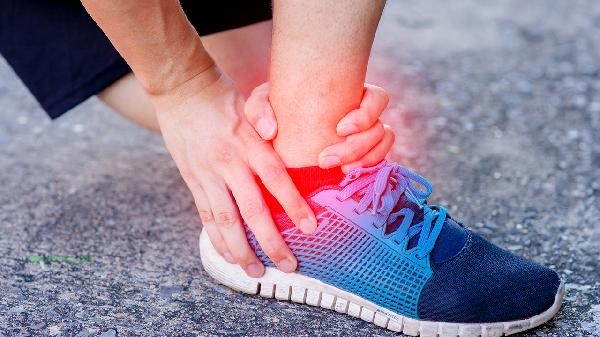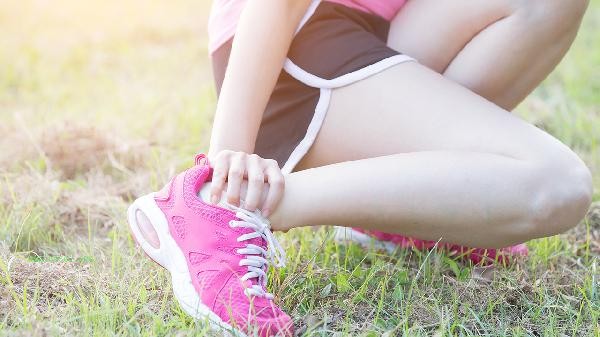The recovery of running after ankle sprain usually involves four stages: acute phase, recovery phase, functional enhancement phase, and return to exercise phase. The ability to run after ankle sprain depends on the recovery stage. Running is prohibited during the acute phase, and slow walking can be attempted in the later stages of recovery. Low intensity training can be performed during the functional enhancement phase, and gradually the running volume should be restored during the return to exercise phase. The acute phase is 24-72 hours after ankle sprain, characterized by significant swelling and pain, and limited joint movement. At this point, it is necessary to follow the RICE principle, which includes resting and braking, applying ice to reduce swelling, applying pressure and bandaging, and raising the affected limb. Premature weight-bearing may worsen ligament damage, and running or jumping movements are absolutely prohibited. After the acute phase, it can enter the recovery phase, which lasts for about 2-6 weeks. After the swelling subsides, ankle pump training and balance exercises can be carried out under ankle protection. In the later stage, it is recommended to try walking slowly on flat ground but avoid uneven road surfaces. The functional strengthening period of SEP is about 6-12 weeks after injury, and ankle joint stability is reconstructed through training such as elastic band resistance and single leg standing. At this time, non weight bearing aerobic exercises such as swimming and cycling can be performed. If running, it should be controlled within 10 minutes and a plastic track should be selected. Returning to the exercise period requires meeting the standards of painless completion of 30 single leg heel lifts and meeting balance test standards. In the initial stage, running should be done at intervals, with a weekly increase of no more than 10%. At the same time, continuous proprioceptive training should be conducted to prevent secondary injuries.

During the recovery period of ankle sprain, it is recommended to wear third level ankle protection, fully warm up and stretch before and after exercise, and avoid sudden stop and change of direction movements. Daily intake of calcium rich foods such as milk and eggs can promote bone repair and supplement vitamin C to aid in connective tissue regeneration. If there is pain or swelling during running, it should be stopped immediately and the ligament healing should be evaluated by magnetic resonance imaging in a timely manner. In the later stage of recovery, low impact exercises such as swimming and elliptical machines can be combined with cross training to gradually rebuild exercise endurance and joint flexibility.








Comments (0)
Leave a Comment
No comments yet
Be the first to share your thoughts!